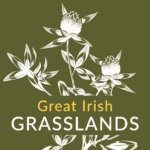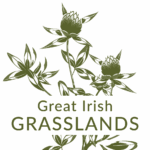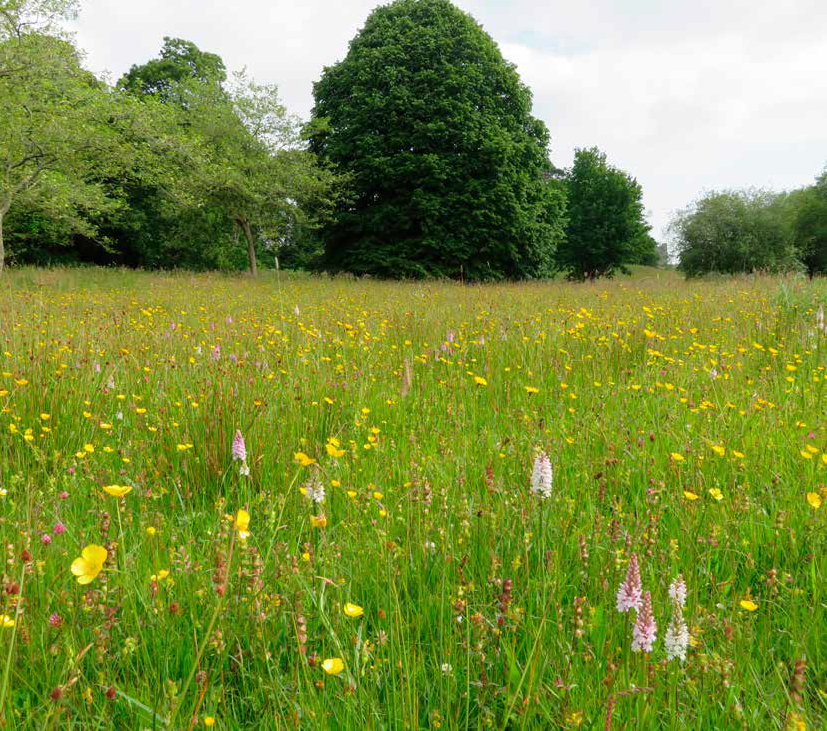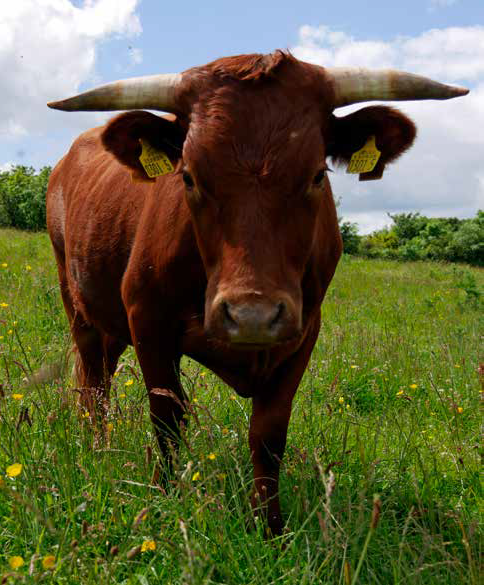Herbs typical of traditionally managed grassland are found throughout Tullyratty and include eyebright, Common Knapweed and Common Spotted-orchid. The grasses Red Fescue, Crested Dog’s-tail, Common Bent and Sweet Vernal-grass are common in the sward. Other herbs such as Yellow-rattle and Wild Carrot have a more localised distribution. Burnet-saxifrage is locally frequent on the site; this is frequent in southeast Down and the basalt hills around Belfast, but is rare and localised elsewhere in Northern Ireland. Further diversity is provided through the presence of scrub which is a valuable habitat for insects, birds and mammals. The lowland setting on a south-west facing slope provides great insect habitat; during the summer months, the area is buzzing with pollinating insects such as the Red-tailed Bumblebee, Dark-green Fritillary and Small Copper butterflies.
The wider parkland at Castle Ward has a range of grassland types and management approaches. In the past, huge swathes of grassland were mown for amenity and aesthetic value. In recent years, mowing has been reduced, allowing more areas for native plants to grow, flower and set seed. This has enabled the natural restoration of meadows across the estate. Some areas have been sown with local provenance seed from Tullyratty to boost restoration efforts. Signage and interpretation are used to raise awareness of management regimes for nature restoration.



